Soil science – like playing in a sandbox
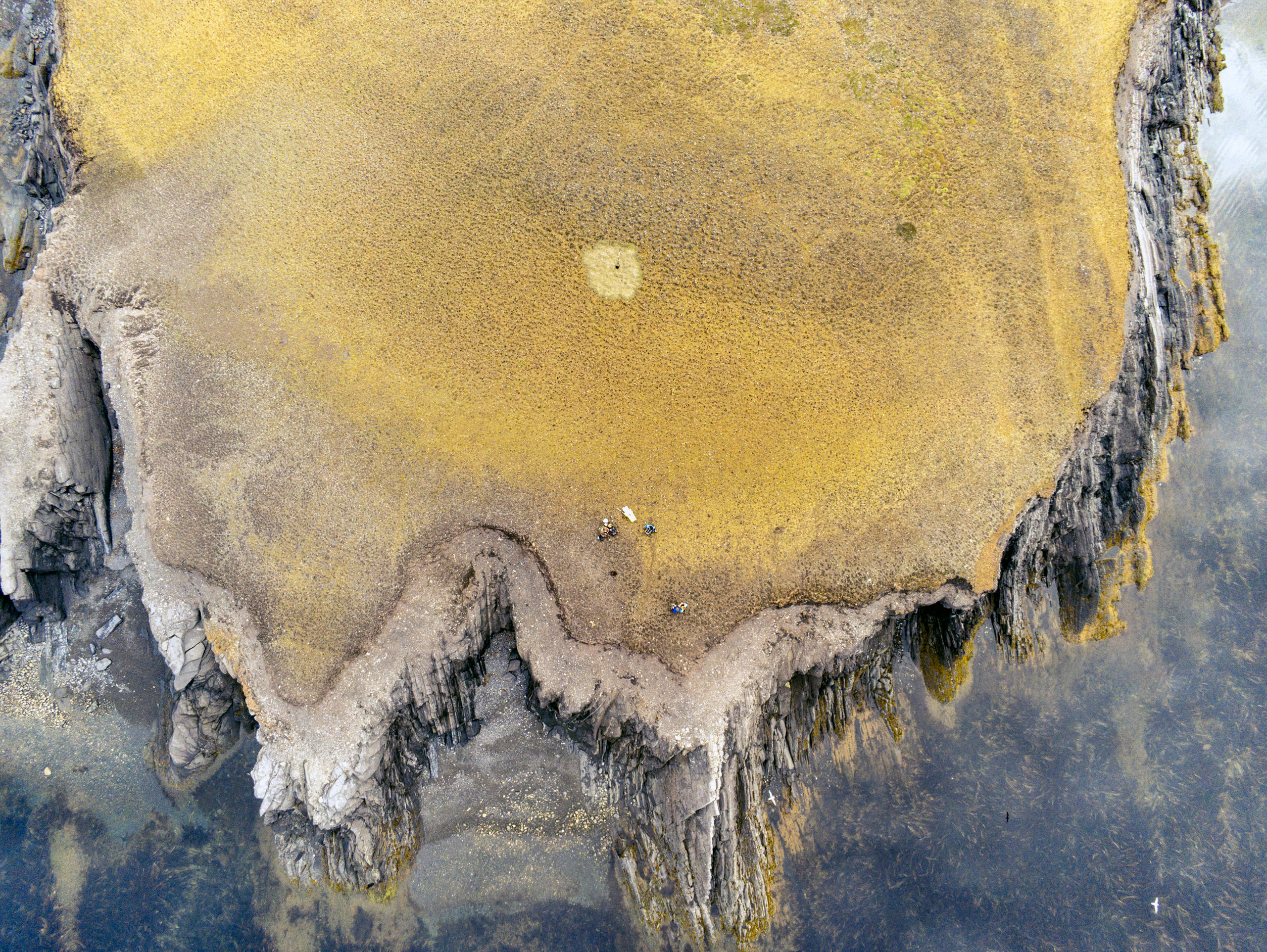
Soils store large amounts of carbon. To understand how Arctic soils develop and change as the climate warms, our bloggers had to do some digging on Svalbard, a Norwegian archipelago in the Arctic Ocean.
Soil scientists sometimes look like children playing in a sandbox. Imagine several adults digging a hole and laying around or in it, picking up mud with their fingers and rolling it to determine the textural class. They will then pack it into metal cups and bags for more analytical fun in the lab. These procedures may look strange to bystanders but follow established scientific rules and protocols established to describe and sample soils in a representative way. And if you know where to look, it sometimes takes only a few steps to enter a new world.
On Svalbard, for soil scientists like me, this meant sampling very different soils next to each other. Only a few metres apart, soils can be deep and relatively well developed, or rocky and shallow, while the vegetation aboveground shows no obvious differences. However, the consequences these differences have for the cycling of carbon and nutrients are of global importance, especially in the context of climate change.
2MB field notes from Svalbard
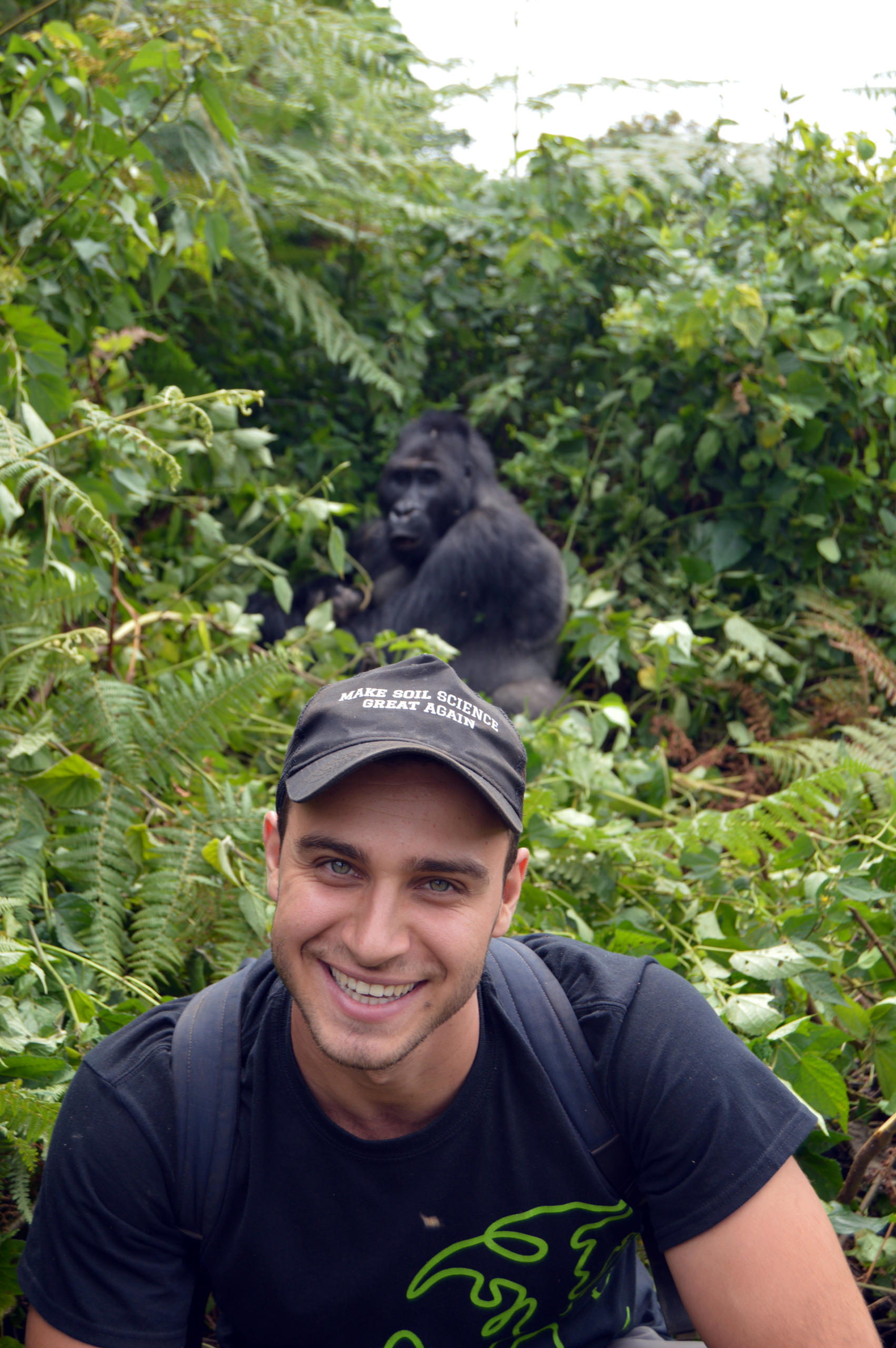
2MB – that was the daily amount of data our bloggers from the Antarctic were originally allowed to send us via satellite about their research on microplastics. Data transmission is also limited for our current bloggers, a group of PhD students at the ETH Zurich who are investigating Arctic greening on the Norwegian archipelago of Svalbard. Arctic greening is a process initiated by global warming and driven locally by soil chemistry, thickness and age.
Soil scientist Moritz Mainka joined the Arctic Greening project in January 2023. His research objective is to understand how soils respond to warming and how this will affect ecosystems and our future climate. To this end, Mainka models the long-term behaviour of soils. His research builds on soil samples that his colleagues collected last year and are currently being analysed in the labs of ETH Zurich.
We want to study how much carbon is stored in the soils of Svalbard. Most importantly, we want to understand better how the carbon cycle will take place in these soils as the Arctic warms rapidly – and how fast different types of soils will change and develop under new climatic conditions. The response of Arctic soils will have a tremendous impact on the global climate system. The big fear is that large amounts of carbon previously stored in the permafrost will be released into the atmosphere, intensifying and accelerating global warming.
And indeed, the microorganisms in the soil are already more active, decomposing old carbon that has been stored in the permafrost for thousands of years. In northern Sweden, for example, the consequences of thawing permafrost are visible in the form of methane bubbles, a potent greenhouse gas exhaled from previously frozen soils. The release of methane could intensify global warming in these places.
But a warmer planet also means better plant growth and faster soil development as rocks weather and release minerals that can greatly influence soil carbon retention. More mineral surfaces in more developed soils, for example, can protect the carbon input they receive from lusher vegetation from microbial decomposition. Still, it is unknown at what speed and how much carbon can be stabilised in soils and if this process is in any way significantly counteracting the loss of carbon from old, melting permafrost.
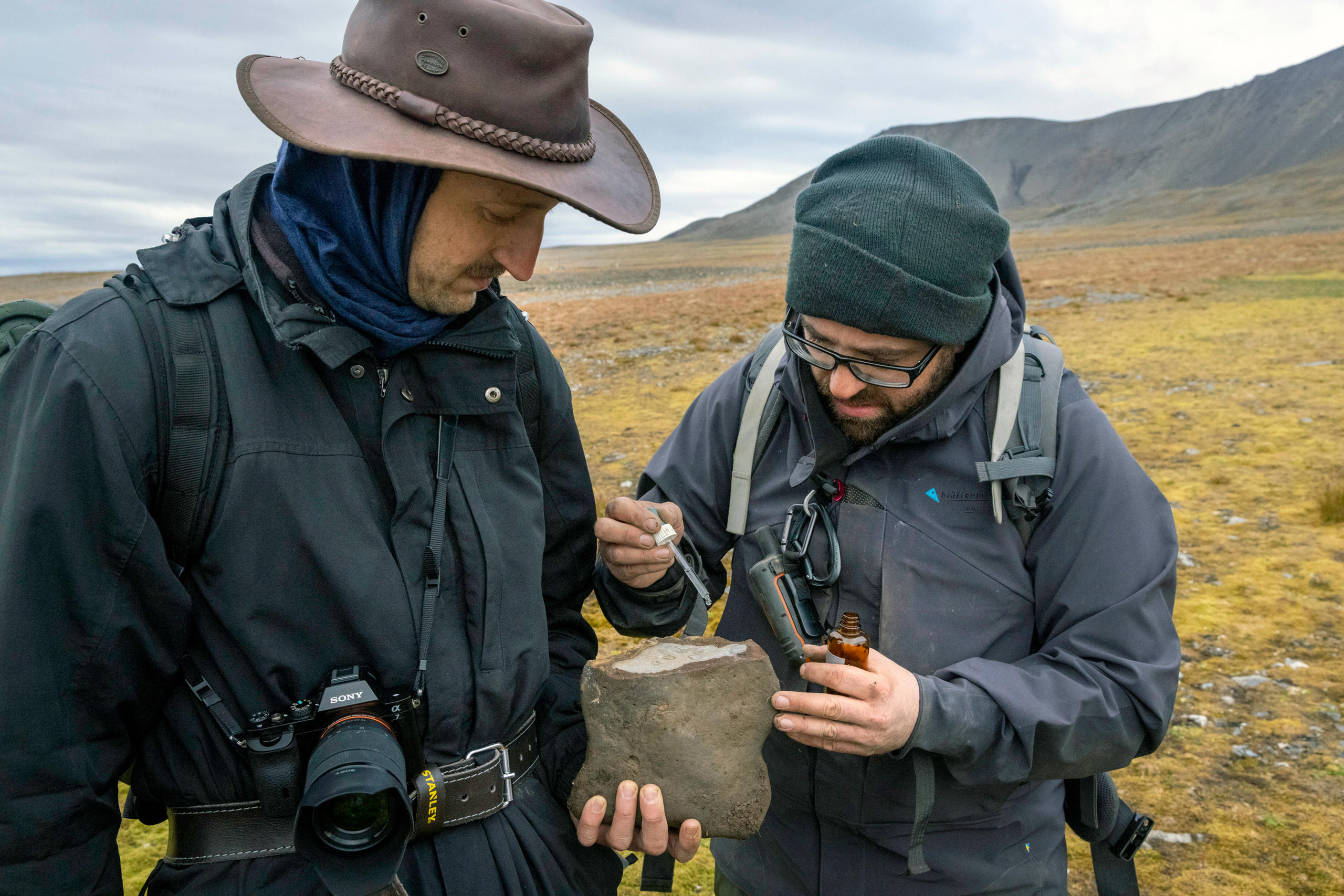
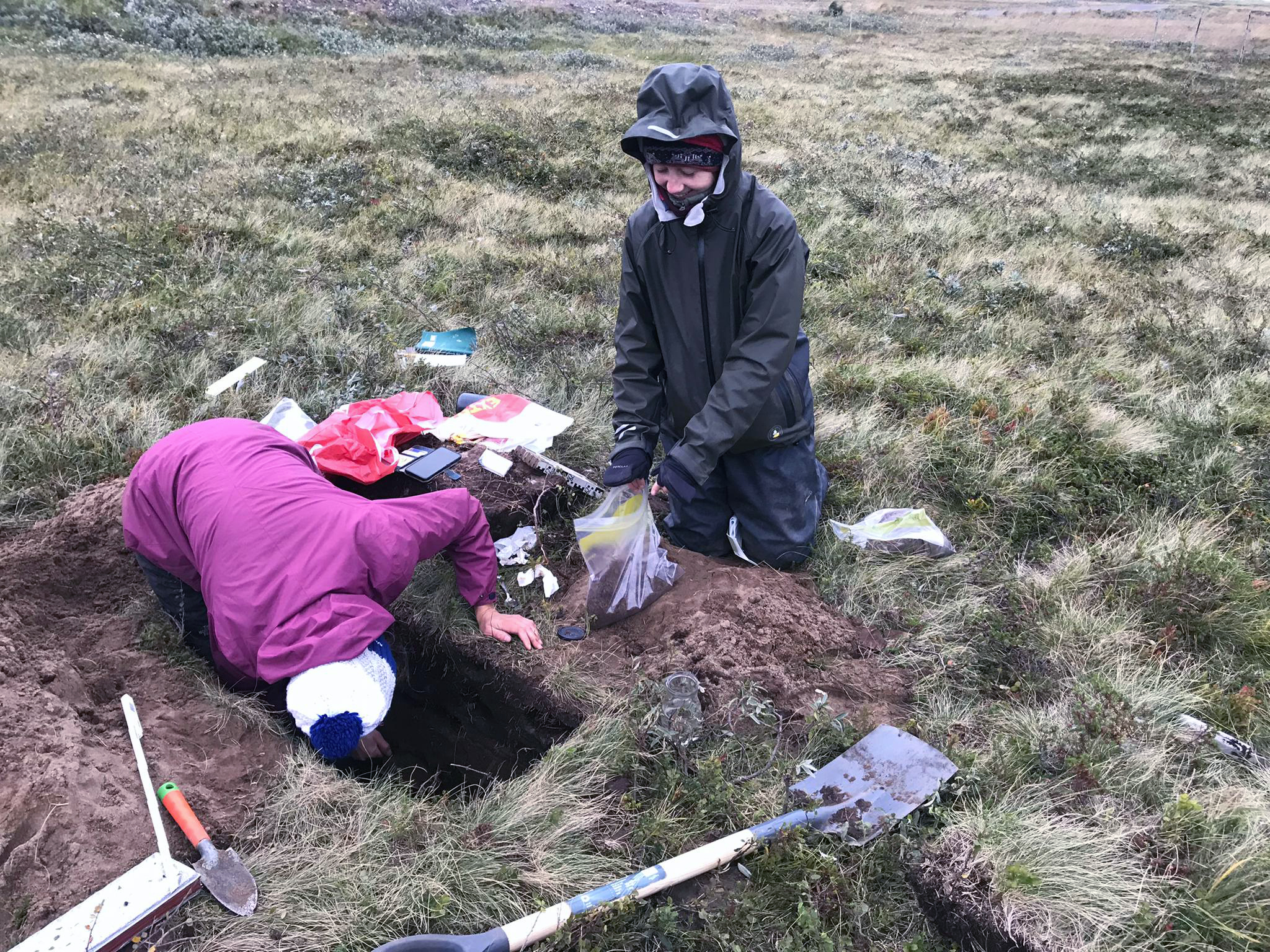
On Svalbard, the parent material – the rocks from which soils form over time – is exceptionally diverse. During our field study in July and August 2022, we were amazed to see how much the soils changed depending on the rock from which they were formed and where in the landscape we find these soils. But even if geological maps offered us some orientation, it was not always easy to find and identify the different rocks on which the soils developed.
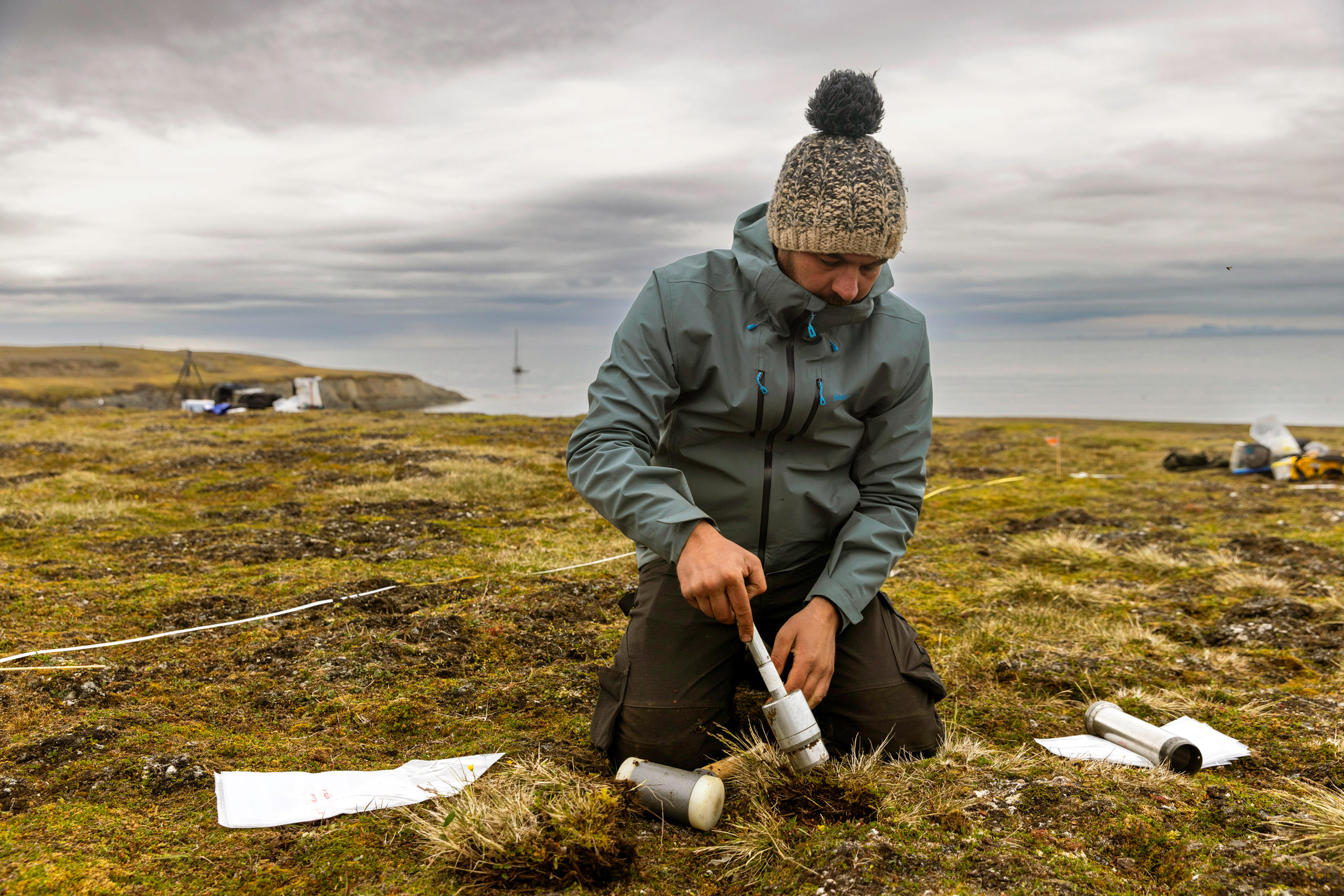
We found tundra soils where the vegetation looked fairly similar, but the ages of the parent material were millions of years apart. They often had entirely different geochemical compositions, resulting in pronounced differences in depth and in important properties such as texture. Similarly, soils that developed near bird cliffs, where nutrients are abundant (thank you, bird poop) and plants grow well, were much deeper developed than their nearby relatives on the same parent material, but without the nutrient benefits that birds provide.
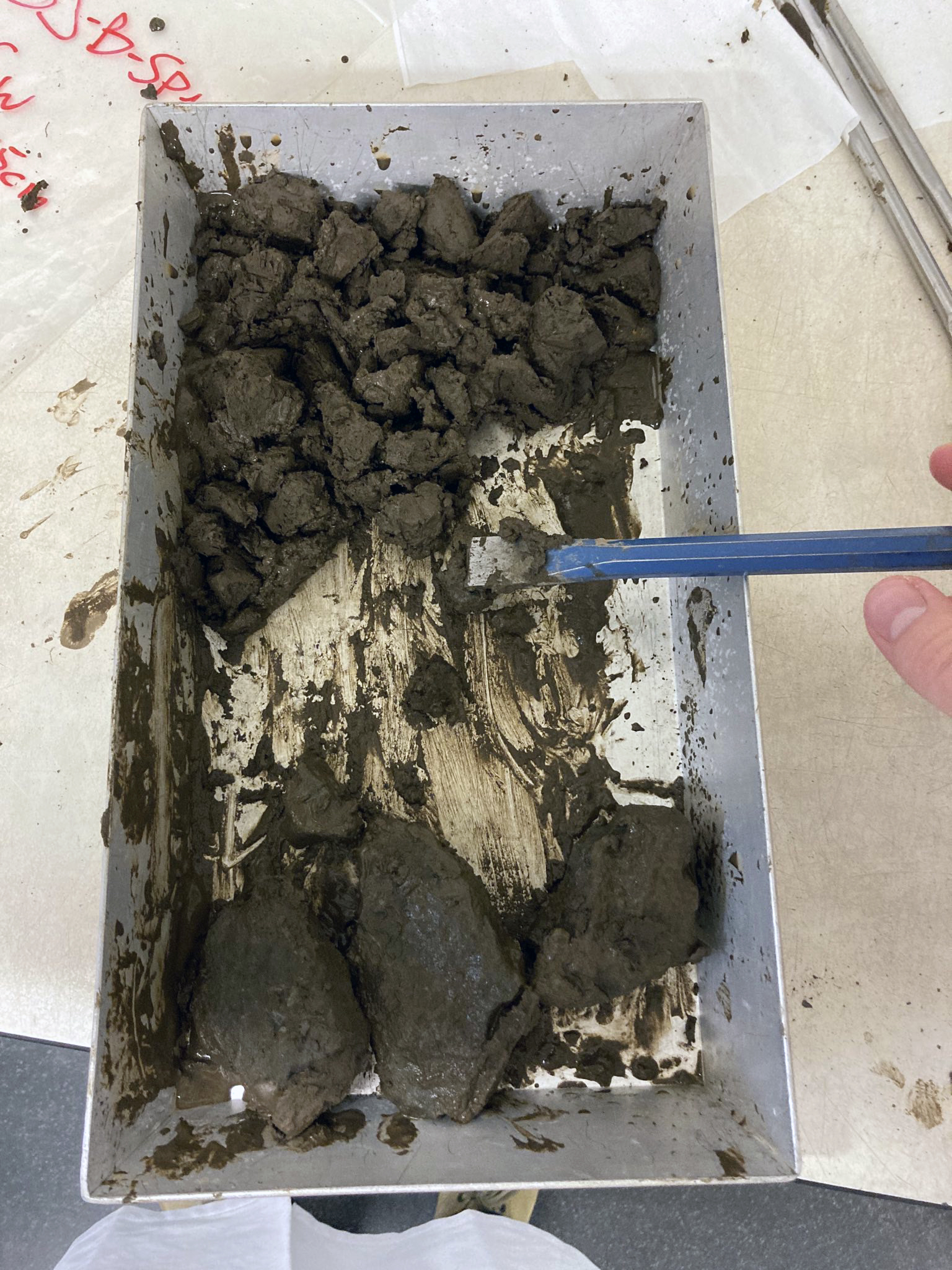
The soil samples we collected from the tundras of Svalbard over the summer of 2022 are now safely stored in freezers at the ETH Zurich laboratory, waiting to be analysed for their chemical, biological and physical properties. Understanding what these diverse properties mean for carbon cycling will be the next step of our project.
We also plan to conduct several laboratory experiments that provide insights into the speed of carbon cycling under varying climatic conditions. These experiments will help us to shed light on how different soil minerals can stabilise carbon in Arctic soils and what microorganisms are at work to decompose the carbon that plants bring to soils.
A popular game in sandboxes is “baking” cakes. As a soil scientist, however, I must admit that “baking” soil cakes is much more fun in the lab because there soils can be clearly distinguished by their colour.
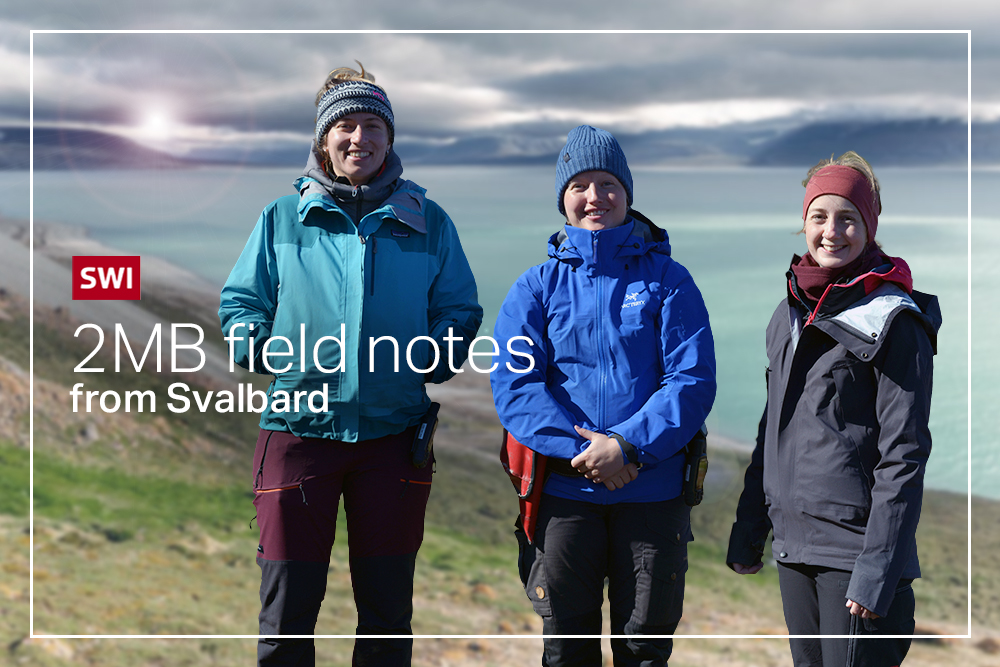
More
2MB field notes from Svalbard
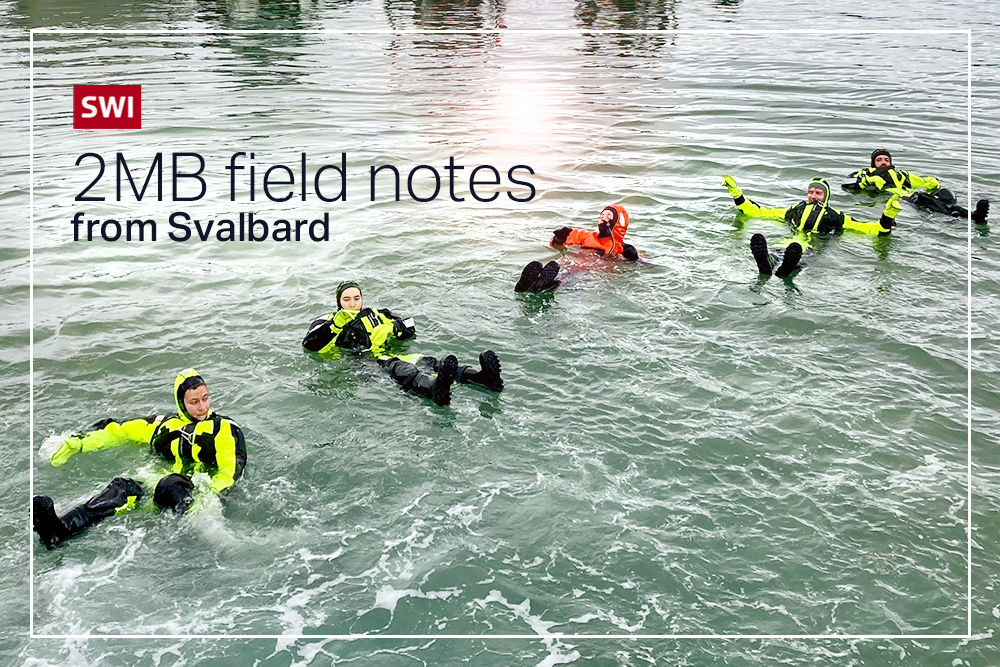
More
Climate change, even in the remote Arctic?
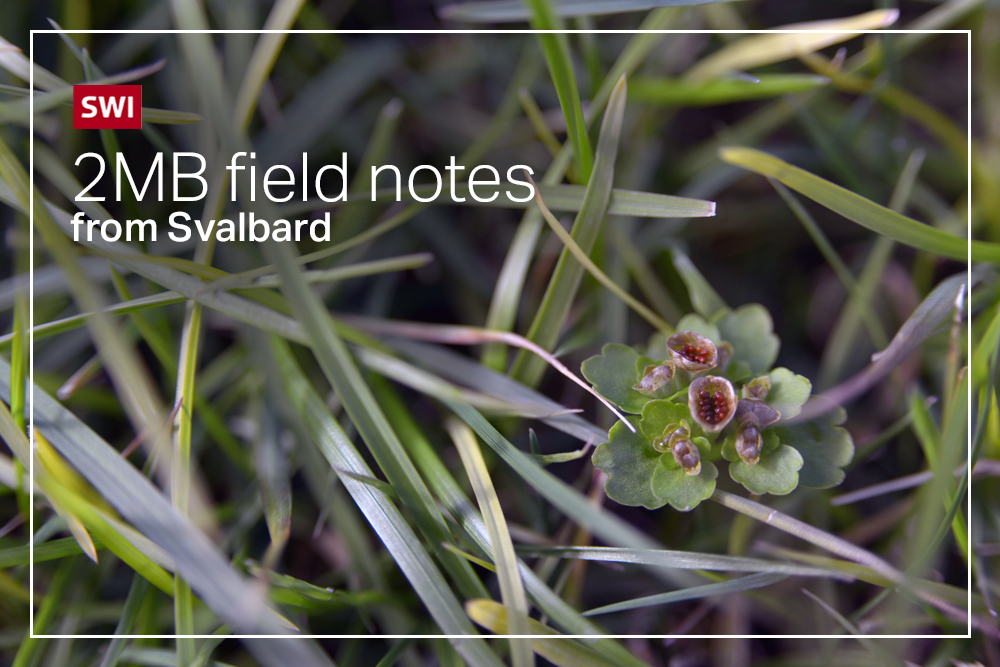
More
The links between human settlements and Arctic greening
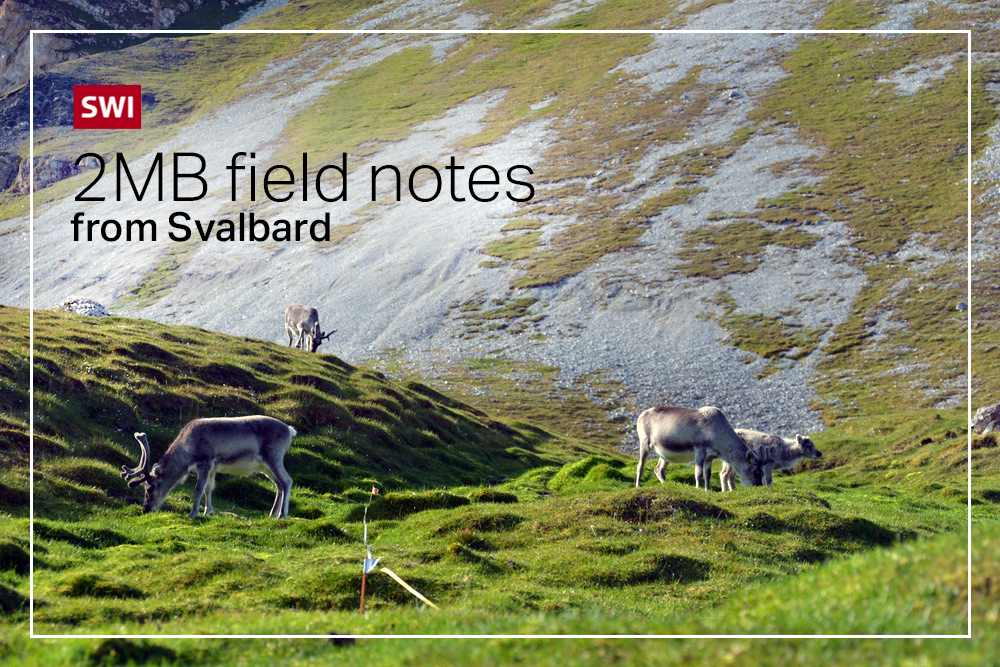
More
Droppings of Arctic seabirds enrich the environment
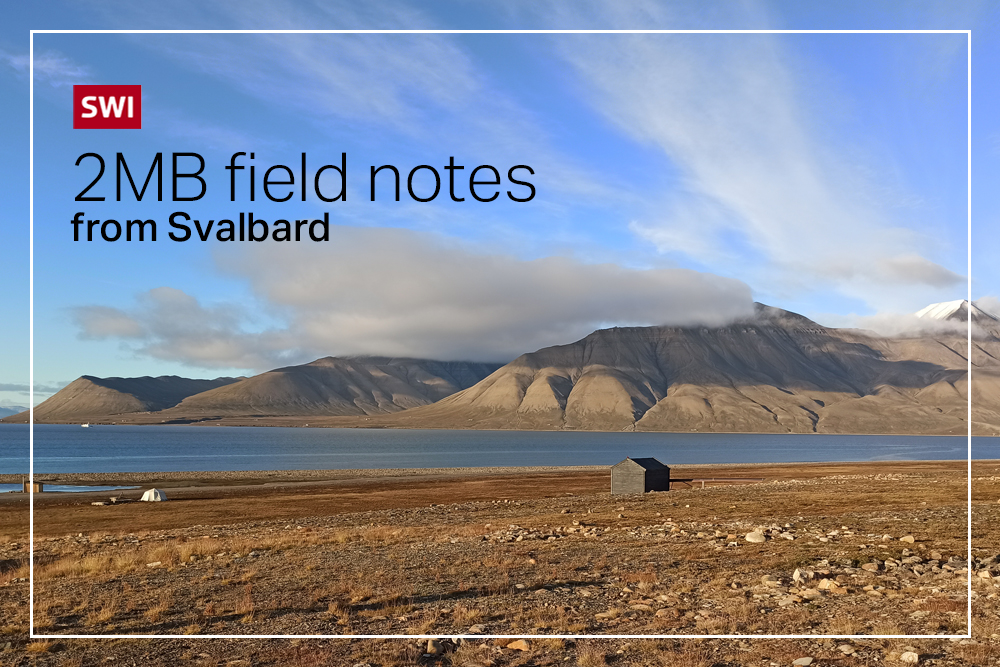
More
The challenges of research in treeless landscapes
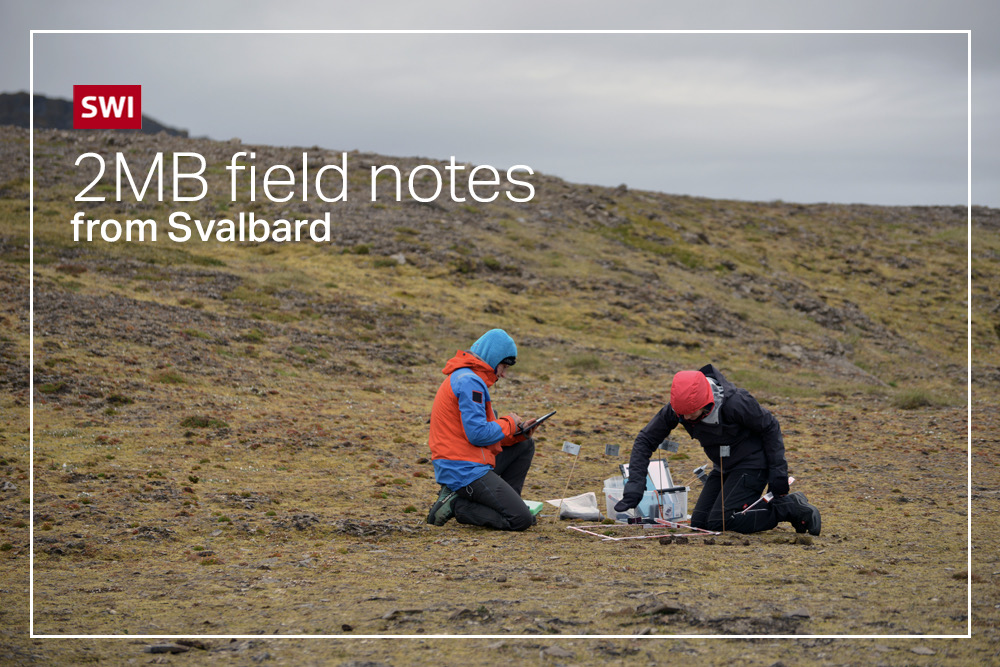
More
First the plants, then their seeds
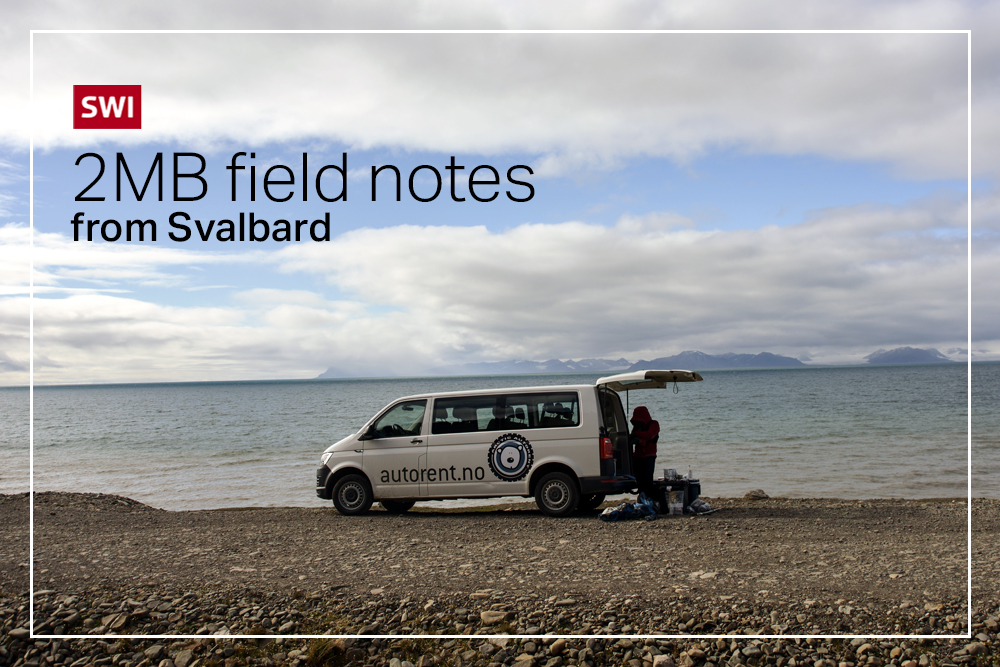
More
Keeping dirty fingerprints off precious soil samples
To receive future editions of this blog in your inbox, sign up for our science newsletter by putting your e-mail address in the field below.

In compliance with the JTI standards
More: SWI swissinfo.ch certified by the Journalism Trust Initiative
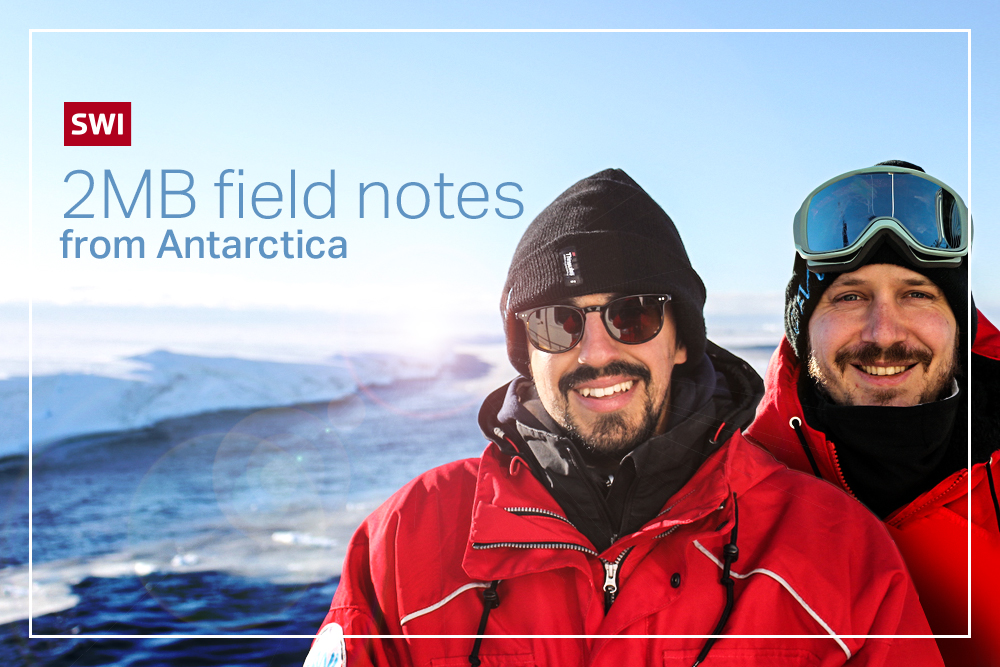
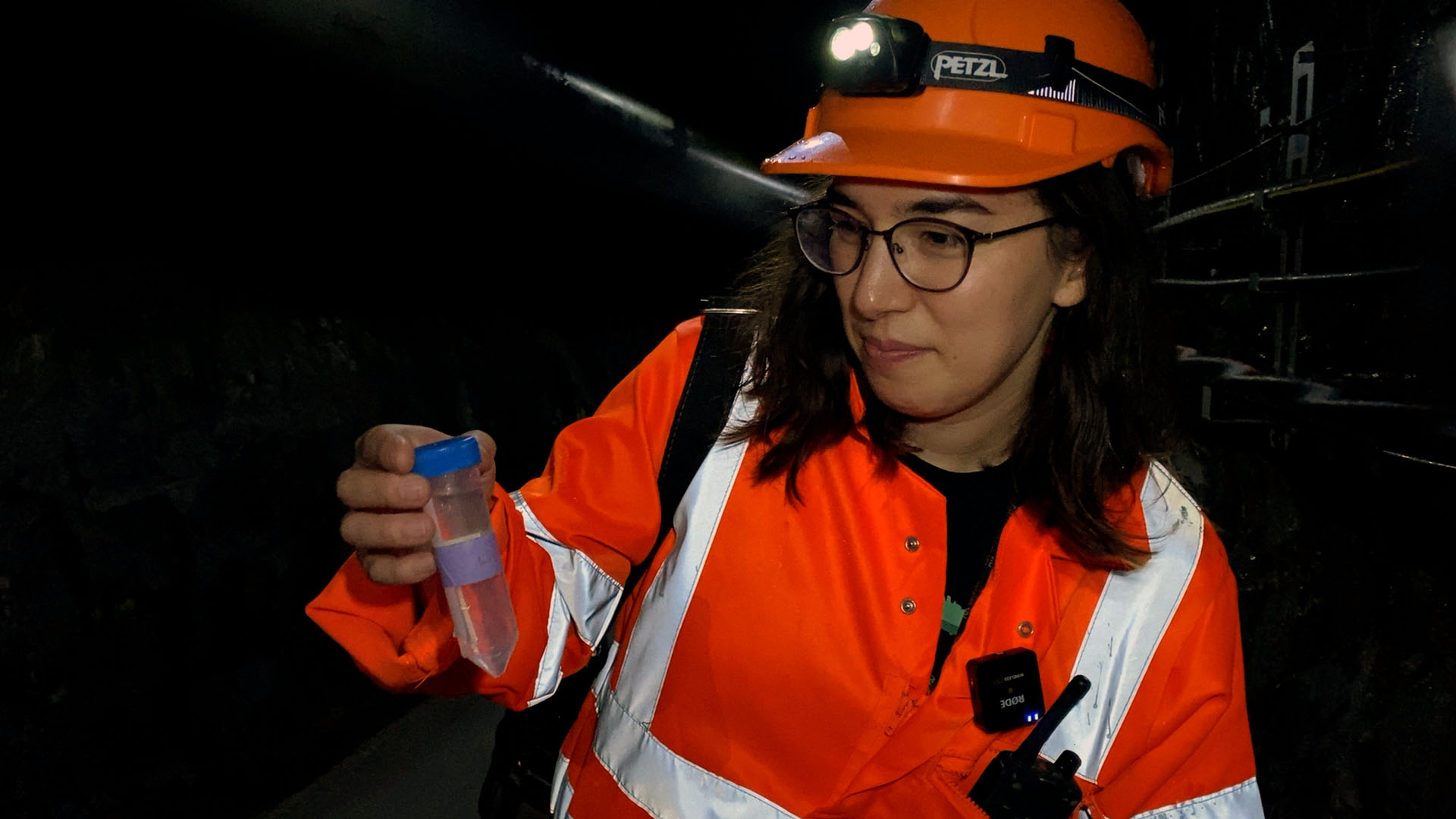
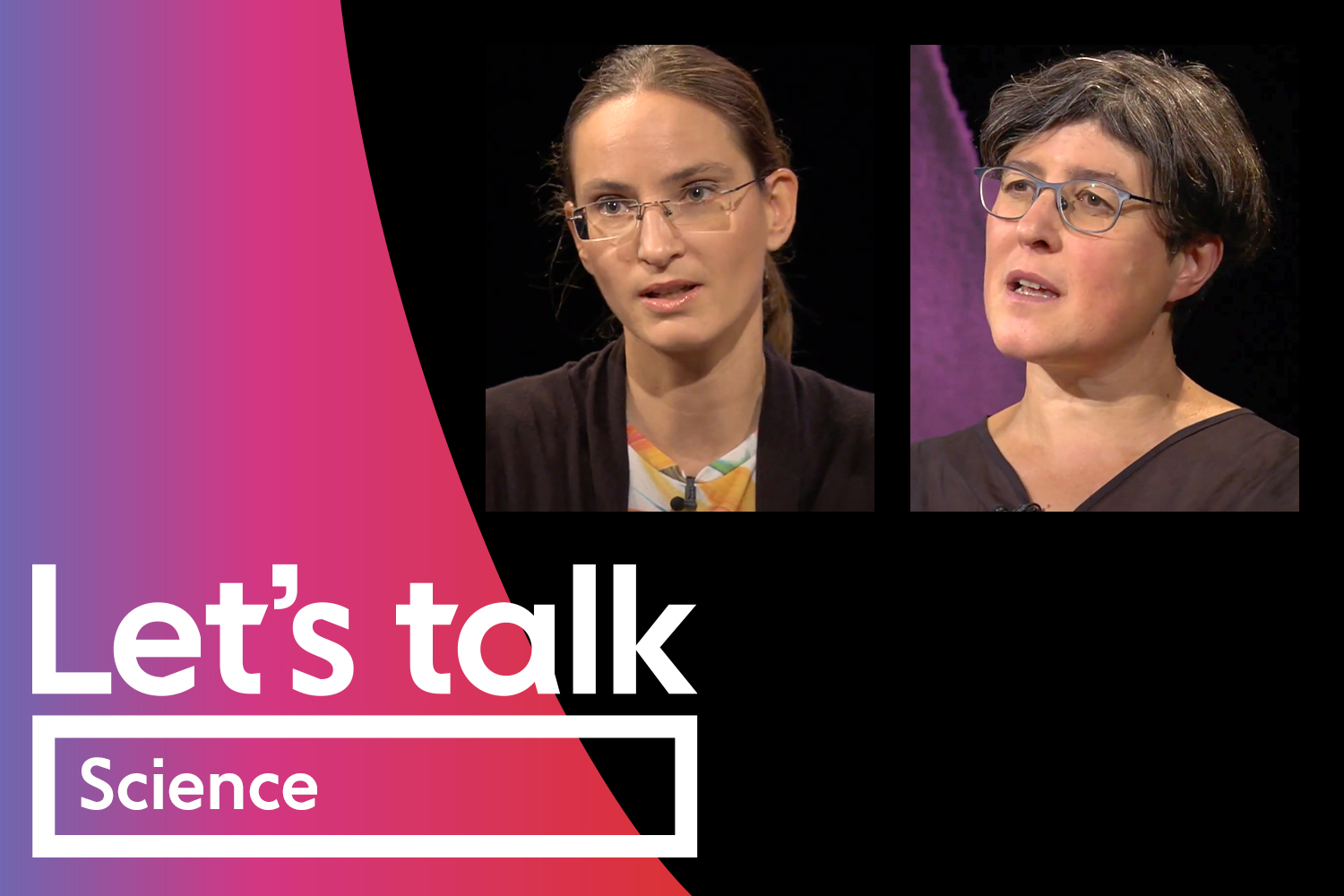
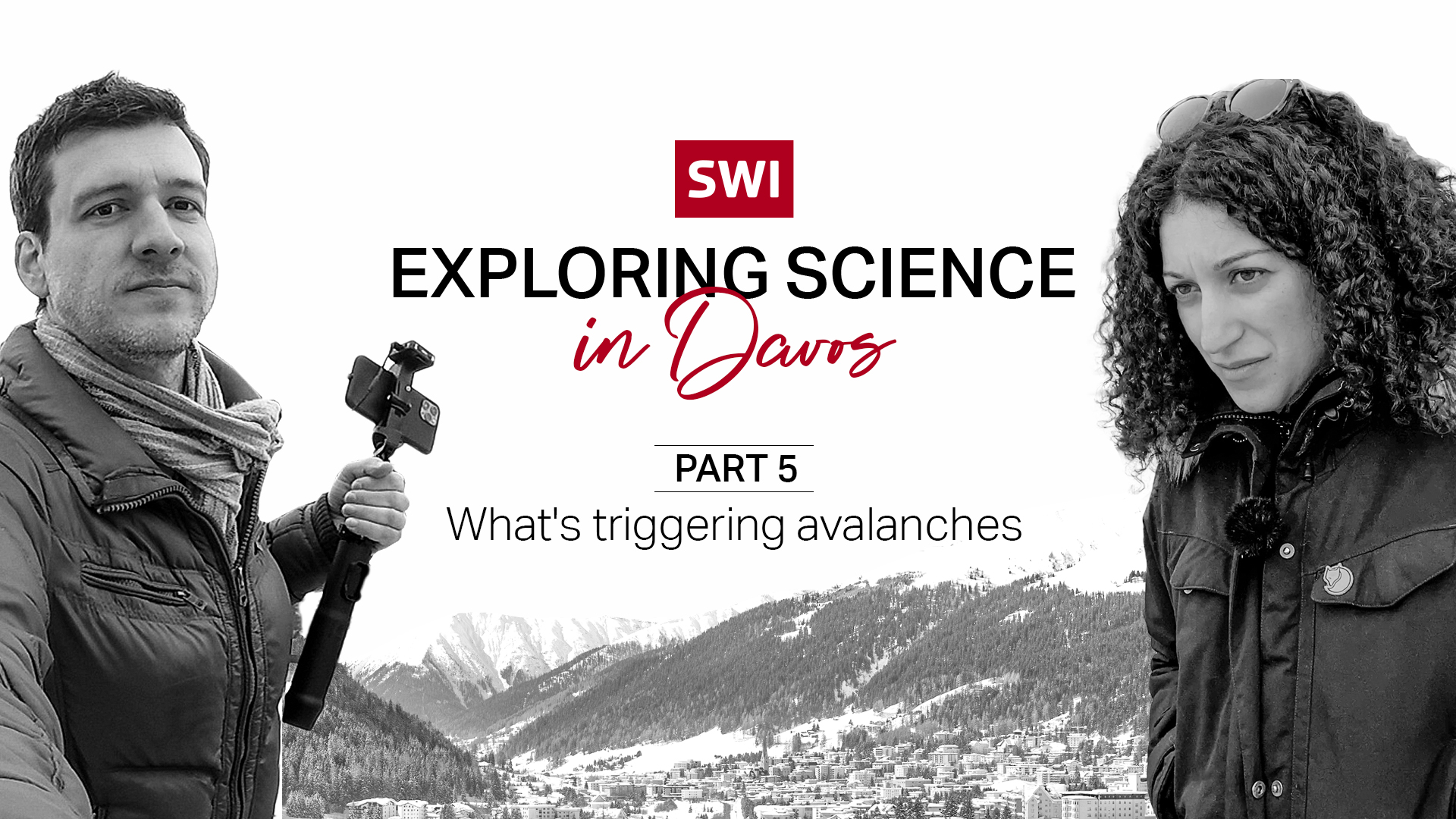
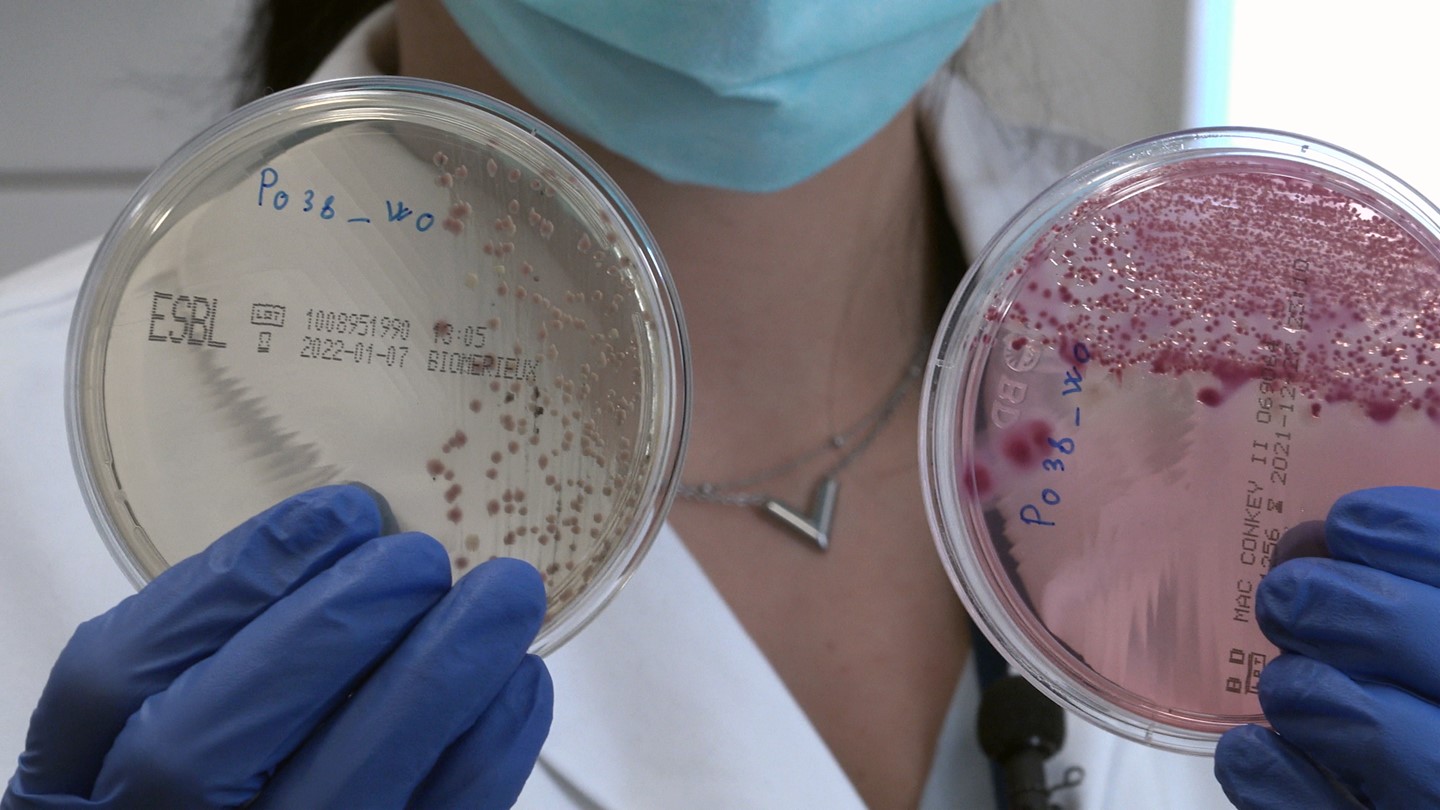
You can find an overview of ongoing debates with our journalists here. Please join us!
If you want to start a conversation about a topic raised in this article or want to report factual errors, email us at english@swissinfo.ch.